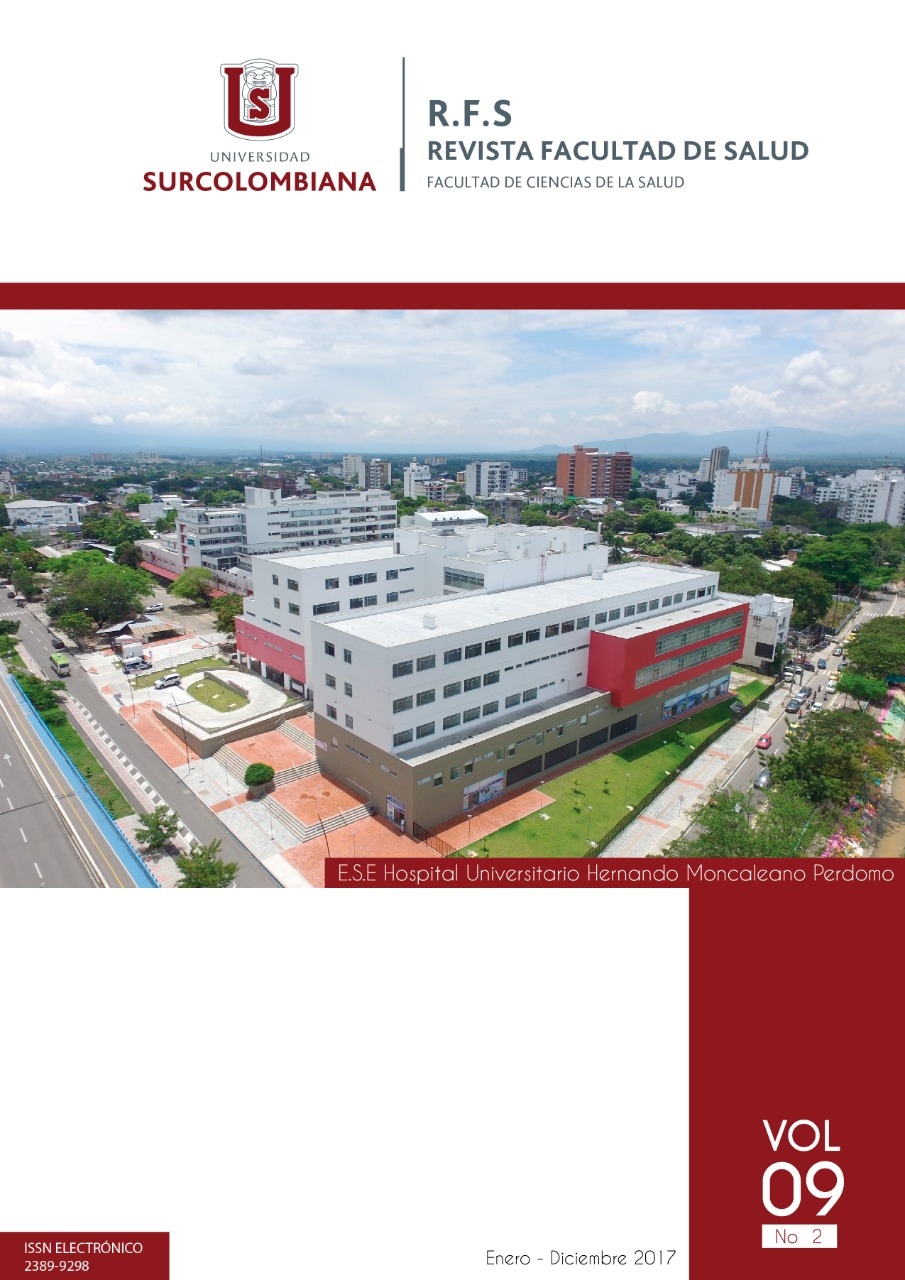Caracterización de la población neonatal y su función renal en la Unidad de Cuidado Intensivo Neonatal del Hospital Universitario Hernando Moncaleano Perdomo de Neiva entre abril y septiembre de 2015
##plugins.themes.bootstrap3.article.main##
Renal function in neonates, particularly in the population entering the NICU is a value still in development, given that renal embryogenesis is only completed by the 35th week of gestation and that the age group that most often enters the NICU are premature. Renal function of newborns will be directly affected by multiple factors, such as the gestational age, maternal history during pregnancy and diseases that may be present.
Objectives
Identify the sociodemographic characteristics and the renal function of the neonatal population in Neonatal Intensive Care Unit of the University Hospital of Neiva Hernando Moncaleano Perdomo from April to September of 2015.
Methods
A prospective, observational, cross-sectional study was made with the data retrieved from the medical history of the patients hospitalized in the NICU from April to September of 2015.
Results
In the described period, 78 patients met the criteria for inclusion and exclusion of the study. The average gestational age was 33.3 weeks; 64,1% were males. The average weight was 2050gr and the average length was 43.6 cm. The main maternal risk factor affecting the renal function found in our study was pregnancy induced hypertension (preeclampsia), found in 67% of the cases. Studying the renal function of the 78 patients and grouping them by age group, the preterm infants, despite having an upper limit GFR of 101.7 ml/min/1.73 m2, the mean did not get over 29 ml/min/1.73 m2. And in the on-term newborns group having values between 23.22 and 97.2 ml/min/1.73 m2, the mean reached a GFR of 44.1 ml/min/1.73 m2. Three patients were identified with AKI, the three of them were preterm. AKI was most found in newborns in which intravenous fluids were not included in their initial management. No renal malformations were found. Respiratory distress syndrome and neonatal sepsis were identified as the main associated comorbidities.
Conclusions
As a contribution of our research, we can mention that the GFR can serve as a reference value in our region, even though these patients had some comorbidity on admission to the NICU, they had an overall normal renal function, which we can modify and adjust in future research, to use has a reference value when assessing the GFR in the neonatal population of our department.





